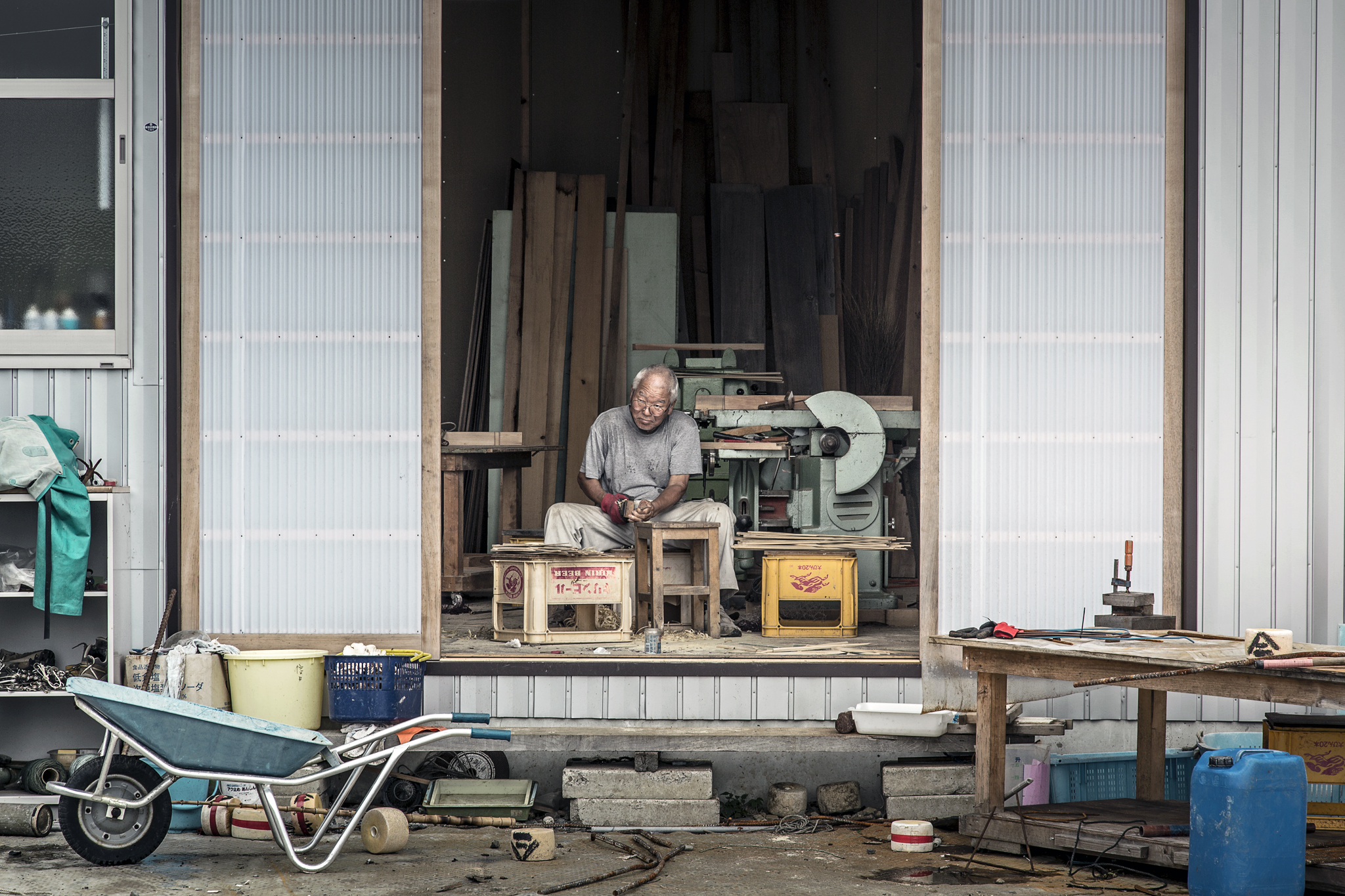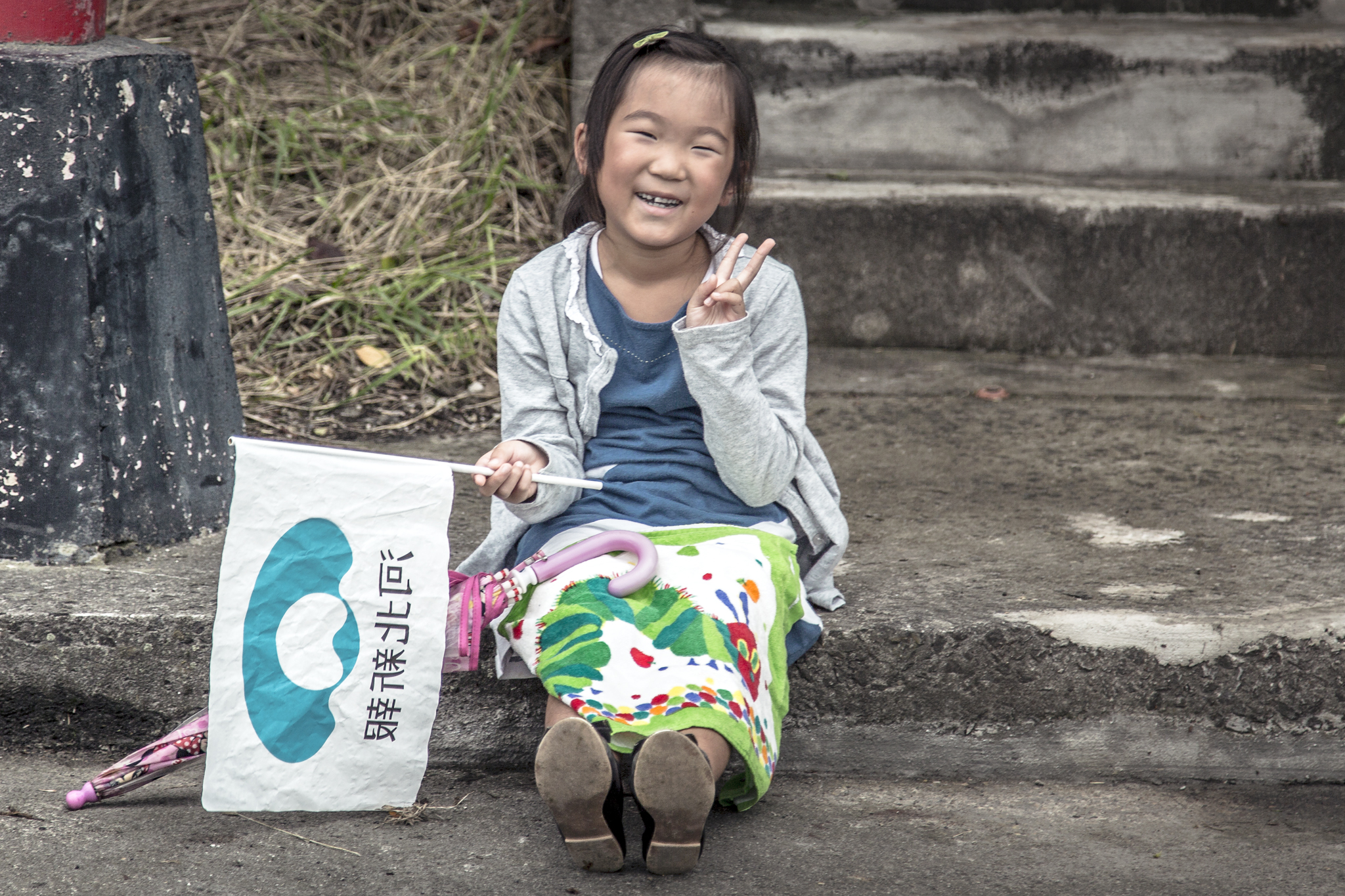TOUR DE TOHOKU
Client Rapha
Year 2016
Year 2016
Taking the wrong train can sometimes be a good thing. Overloaded with a bike and camera bag I was traveling in the right direction but the journey was painfully slow, with four changes in isolated stations, confusion and most importantly a lot of waiting in the remote countryside between Sendai and Ishinomaki. This gave me time to contemplate my surroundings, the near silence and how normal everything felt here now.

Rapha has long history with the Tohoku region dating back to the global charity ride nine days after the The Great East Japan Earthquake in 2011 which helped raise funds and consciousness in the relief effort of the most costly natural disaster in global history, a day that changed the country forever. This connection has continued annually, beginning with the Rapha Continental that took place in 2012 when the mood was very different, many of the roads were still unridable and the clean up far from over.



Residents were rarely seen, still coming to terms with the unthinkable and making the first steps toward accepting what had happened. During those first visits smiles or any other emotions were rare and almost any attempt at conversation was silently turned down. The following two years were also significant rides, not only as a sign of ongoing respect but also to witness first hand the restoration of the area now commemorating the 5th year since 10 meter high waves washed away so many lives.



The Tour de Tohoku is a rebirth of an annual event originally started in 1952 by the Kahoku Shimpo newspaper in an effort to boost WWII recovery, it continued for 20 years, developing in to what became a five day stage race running from 1993 to 2008. The current incarnation is a 3,500 people strong event with courses ranging from 60 to 211 kilometers covering much of the effected coastline, attracting people from across the globe, all bringing positive energy and valuable revenue to local businesses that are still suffering.



The route began in Ishinomaki, navigating the beautiful coastline, it’s misty early morning views were astonishing and I’ve never witnessed so many heartfelt smiles before. Local people of all ages were there throughout the entire route, even at the painfully early 5:30 am start they were there, many still in nightwear encouraging everyone with homemade banners and flags. The feelings you experience in this human exchange are what brings people back, a connection with the people, the landscape and a sense that what you’e doing has some purpose.

The first stop was the newly restored Onagawa Train Station, decimated four years ago and re-designed by Pritzker Architecture Prize winner Shigeru Ban, who also contributed to the design of the temporary housing. I met Mitsukuni Sato here, originally from the region and with me on my previous visit, the ride would later pass where his home once was. He explained the experience reminded him of the warmth of the people, elevated to some degree by their gratitude for the riders participating. This became obvious every time I asked to take a photograph and was greeted by huge smiles, the most touching moment was an enormous hug from a dancing septuagenarian, almost unheard of in a country not overly keen on public signs of affection.



Part of the importance of an event like this is that it connects people directly to the environment around them, they can see and feel the landscape, it’s people and taste what the region has to offer at the numerous aid stations along the route: from freshly grilled scallops and pacific saury soup to the more adventurous hoya, or sea pineapple which I experienced for the first time – it’s local people doing all of this and you can feel the love. For anyone that’s been here before the feeling of change is palpable, there’s a sense that progression is taking place after so many years of cleaning up the landscape, a vast emptiness for so long is now finally growing; rice fields are full, the roads and bridges restored and boats are now back on the ocean.



The simple act of bringing people together through a love of cycling makes a difference, not only by directly being here, but also through the experiences visitors share with others, a gesture so important to residents who often feel so forgotten. With close to 230,000 who lost their homes still living in temporary housing, things are far from normal, each individual is directly connected with their own story of the tsunami and its immediate and long term effects.



Along the route I experienced more subtle signs of life, people hard at work in the fields but taking time to wave as we passed by, onions hanging to cure in the shade and kombu seaweed, central to Japanese cuisine laid out to dry along the hillside in the afternoon sun as cyclists climbed meters away, some painfully, others with ease.



For the majority of the riders I spoke with it wasn’t the first time here, most had ridden two or three times before, although some had never been to the region prior to the disaster, all were united in their hope for the restoration and ongoing recovery which is far from complete but feel that this effort is making a difference through a direct and personal sacrifice. The shear volume of participants that grows substantially each year is a visible sign to the residents that people still care, from former professional cyclists and other Olympic athletes, Paris Brest Paris competitors and the US Ambassador Caroline Kennedy returning for the second year to ride the course. The ultimate goal is that this event will run for ten years, growing in momentum as the area is revitalised and eventually becoming a professional stage race once again.

This story first appeared on rapha.cc